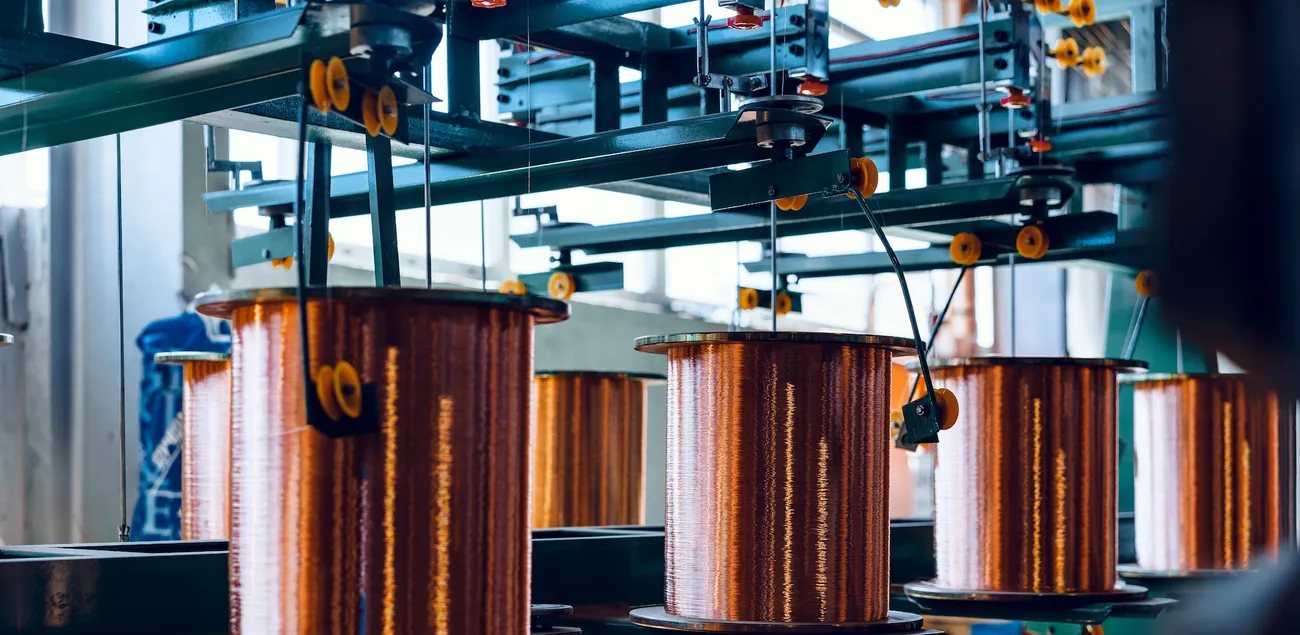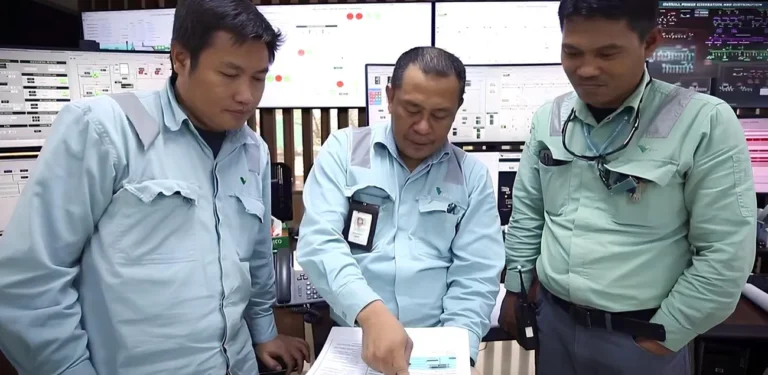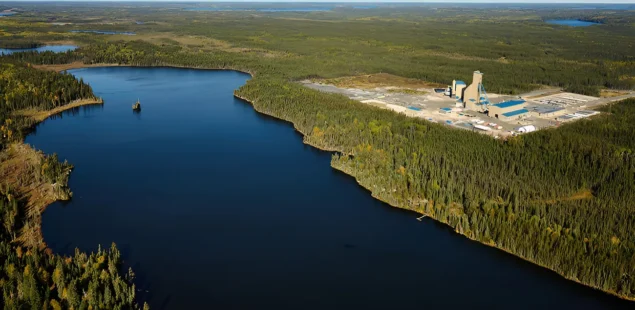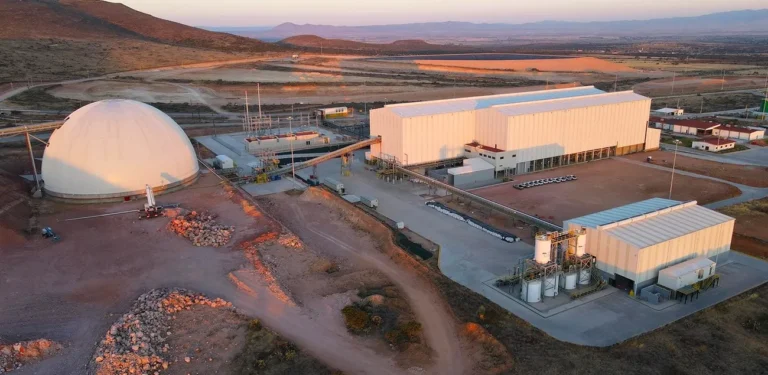
Chinese mining companies have intensified investments across Africa’s copper-producing regions as Western nations implement restrictions on Chinese access to critical mineral assets, with the Democratic Republic of Congo emerging as the world’s second-largest copper producer through predominantly Chinese-backed operations. The strategic shift reflects China’s efforts to secure copper supplies essential for renewable energy infrastructure and electric vehicle manufacturing, while Western competitors face regulatory constraints and limited appetite for large-scale African mining investments.
DRC Becomes China’s Primary Copper Source
The Democratic Republic of Congo has overtaken Peru as the world’s second-largest copper producer, with Chinese companies controlling approximately 76% of additional production capacity brought online over the past seven years. Chinese refined copper imports from the DRC surged 71% year-over-year to 1.48 million tonnes in 2024, representing a substantial portion of China’s total copper requirements for manufacturing and infrastructure development.
Major Chinese investments include China Molybdenum’s $2.5 billion expansion at the Tenke Fungurume and Kisanfu mines, targeting one million tonnes annual production by 2028, while Sinohydro and China Railway Engineering Corporation committed $7 billion for a 68% stake in the Sicomines project in Kolwezi. These investments have enabled the DRC to triple copper production over the past decade, with sustained growth potentially elevating the country to middle-income status.
Zambian Operations Expand Despite Market Challenges
Chinese companies have maintained aggressive investment strategies in Zambia despite copper price volatility, with JCHX Mining acquiring an 80% stake in the Lubambe Copper Mine for $2 and planning $800 million in total investments for mine revival and expansion. China Non-Ferrous Metals Mining announced $1.3 billion for the Chambishi and Luanshya mines, supporting Zambia’s target of 3 million tonnes annual production by 2030.
The investments reflect Chinese companies’ ability to operate with longer-term perspectives and government support that enables sustained operations during price downturns. Chinese firms have demonstrated faster development timelines compared to Western competitors, with industry observers noting that Chinese investment typically accelerates project construction and production ramp-up phases.
Botswana Emerges as Strategic Alternative
Chinese miner MMG invested $1.9 billion to acquire Botswana’s Khoemacau copper mine and committed an additional $700 million to double output to 130,000 tonnes annually by 2027. The Kalahari Copper Belt, extending nearly 1,000 kilometers from northeast Botswana to western Namibia, represents one of the world’s emerging copper-silver regions with significant exploration potential.
The Botswana investments provide geographic diversification for Chinese copper supply chains while accessing a more stable political environment compared to the DRC’s ongoing security challenges. The projects also demonstrate Chinese companies’ willingness to invest in greenfield developments requiring substantial infrastructure construction.
Western Restrictions Drive Strategic Realignment
Canada’s 2022 Critical Minerals Policy has restricted Chinese companies from acquiring critical mineral assets globally, particularly those held by Canadian firms that control numerous early-stage mining projects worldwide. The policy’s extraterritorial reach affects Chinese access to mining projects across multiple jurisdictions, forcing strategic adjustments in investment approaches.
Recent examples include Canada’s requirement that Zijin Mining’s partnership with Pan American Silver at Peru’s La Arena II mine include provisions ensuring significant copper output sales to Canada and allied nations rather than China. The US has similarly intervened to block Chinese acquisitions, including preventing state-owned Norin Mining’s acquisition of DRC assets in 2024.
Infrastructure Integration Supports Mining Development
China’s Belt and Road Initiative has channeled billions into transportation networks explicitly designed to facilitate mineral extraction and export from African copper regions. The Tanzania-Zambia Railway has received modernization investments, while Chinese companies have constructed over 3,000 kilometers of roads and railways connecting DRC mining regions to ports.
The “Small and Beautiful” BRI model emphasizes sustainable development projects that directly benefit local communities while supporting resource extraction objectives. This approach contrasts with traditional Western mining investments that typically focus on extraction without comprehensive infrastructure development.
Market Dynamics Favor Chinese Investment Model
Global copper demand growth of 15% annually, driven by renewable energy and electric vehicle adoption, supports continued investment in African production capacity despite current price pressures. Chinese companies benefit from state support including subsidized financing and longer investment horizons that enable operations during commodity price downturns.
Western mining companies have demonstrated limited appetite for large-scale African copper projects due to political risks, environmental compliance requirements, and shareholder pressure for short-term returns. This creates opportunities for Chinese investors willing to accept longer development timelines and operational challenges in exchange for strategic resource access.
Geopolitical Competition Intensifies Resource Access
The recent US-brokered peace agreement between the DRC and Rwanda includes provisions for enhanced American access to critical mineral resources, creating potential competition with existing Chinese operations. The agreement reflects broader US strategy to reduce dependence on Chinese-controlled supply chains while securing access to materials essential for defense and clean energy applications.
However, Chinese companies maintain substantial operational advantages through established infrastructure, processing capabilities, and government relationships developed over decades of African investment. The scale of Chinese investment in African copper operations creates significant barriers for alternative suppliers seeking to establish competing supply chains.
Company Background and Market Context
Chinese state-owned enterprises including China Molybdenum, China Non-Ferrous Metals Mining, and MMG operate as primary vehicles for securing overseas mineral resources, supported by government financing and diplomatic initiatives. These companies benefit from integrated operations spanning mining, processing, and manufacturing that provide cost advantages and supply chain control.
The Democratic Republic of Congo contains an estimated 50 million tonnes of copper reserves with exceptional grades up to five times richer than competing deposits elsewhere, while Zambia’s copper belt extends these high-grade resources across a broader geographic region. Chinese investment has revitalized colonial-era infrastructure while expanding production capacity through modern mining techniques and processing technologies.
Copper serves essential functions in electrical infrastructure, renewable energy systems, and electric vehicle manufacturing, with global demand projected to reach 50 million tonnes annually by 2035. China’s manufacturing sector requires substantial copper inputs for domestic consumption and export production, making secure supply chains critical for maintaining industrial competitiveness and supporting economic growth objectives.



